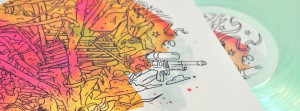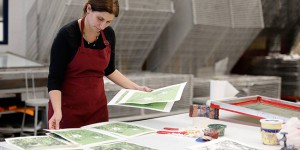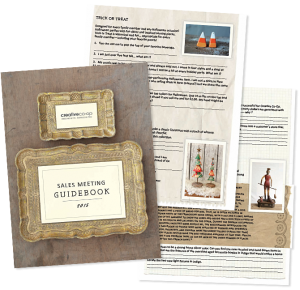When you think of textiles, not many of us think of the technical factor.
Technical textile includes material that is mainly used for its technical properties and superior performance. A report by Transparency Market Research predicts that the demand for technical textile will increase to US$ 160.38 billion by the end of 2018. The report also says that technical textile will maintain a Compound Annual Growth Rate (CAGR) of 3.3 per cent in terms of volumes, taking the global demand to 30.71 million tons by the end of 2018.
Pushing the development of technical textile is the escalating demand for nonwovens. According to a new study by Grand View Research, Inc, the global nonwoven fabric market is expected to reach US$ 42.1 billion by 2020. The sector also owes its growth to accelerated demand for technical textile in Asian giants like China and India. The Chinese economy and the sheer bulk of the population are some of the factors that have been supporting swift development of technical textile, especially nonwovens.
A success story
Even as the global consumption of technical textile rises, it is eastern Asia that alone accounts for one-fifth of total technical textile consumption. Globally, United States consumes 23 per cent of total technical textile. A close second is Western Europe at 22 per cent. China gobbles up 13 per cent.
According to China Nonwovens and Industrial Textile Association, domestic consumption of technical textile in China is forecast to reach US$ 46.5 billion by the end of 2015. Technical textile exports and imports are projected to stand at US$ 23.2 billion and US$ 4.2 billion, respectively. The technical textile industries in China rely on Taiwan, Japan, South Korea, United States of America and Germany for export of plastic-coated fabric, nonwovens, industrial fibreglass products, medical and health care textile.
The major technical textile sectors in China include filtration and separation that is growing at an average annual rate of 13 per cent followed by the civil engineering sector at 12.5 per cent. The transportation, medical and healthcare sector are each growing at 12 per cent. Structural modification stands at 11 per cent.
Prompting the growth
The growing elderly population in China aids vast demand for adult hygiene products and with China relaxing its one-child policy, the baby boom is once again likely to result in high demand for diapers, boosting the technical textile sector. Construction spending in China is greater than ever, and this is also expected to have an encouraging influence on the growth of the market.
China’s automobile sector is on top gear. The burgeoning automobile market in China has led to the rapid increase in demand for airbags. In 2013, demand in the domestic market for airbag fabric was 28.94 million meters. With laws taking safety issues seriously, demand for automotive airbags will gradually rise and it is expected to be 43.86 million meters by 2018.
This article comes from technicaltextile edit released


